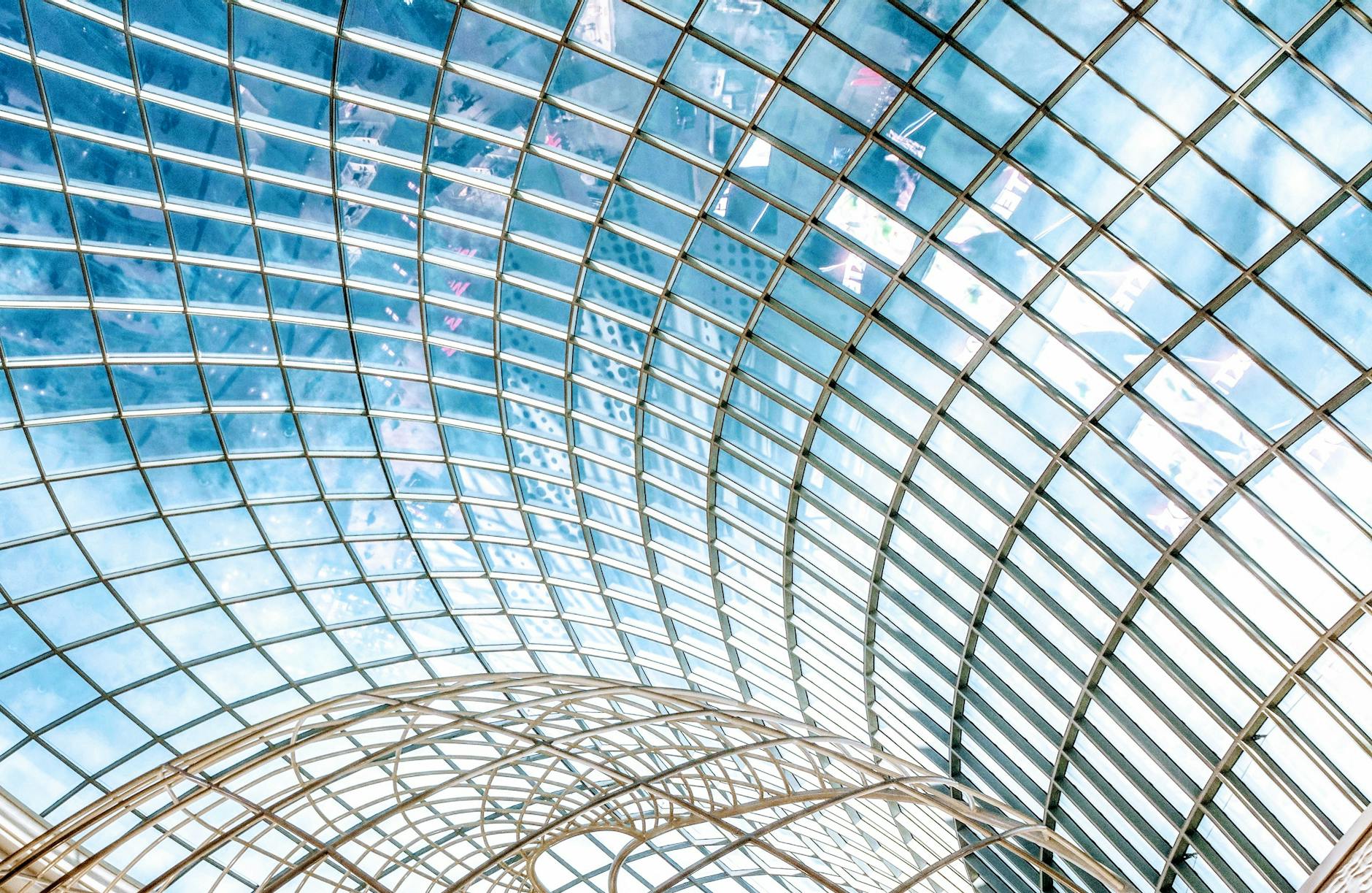This post contains affiliate links, which means I may earn a small commission at no cost to you if you make a purchase through my link. Information provided for educational purposes only. Please consult experts and professionals before taking action on the below.
Consider sponsoring this post to help us share this knowledge with others!
Subscribe to Run The Money on Substack for more insights on financial resilience, audience growth, and building freedom in uncertain times.
How Architects are Adapting to Modern Challenges in Architectural Design
The architecture industry is changing significantly. Modern architecture isn’t just about looks anymore; it’s influenced by various complex issues affecting building design and function. One of the most important topics today is the challenges contemporary architects face. As cities grow and environmental concerns increase, architecture must adapt to meet these challenges. Understanding these issues is vital for knowing how today’s architecture will shape our future built environment.
Inside Scoop: Modern Challenges in Architectural Design
For industry insiders, these challenges bring both difficulties and opportunities. In this article, we cover key areas: sustainability and environmental impact, urban density and space optimization, technological integration, cultural and aesthetic diversity, and economic constraints and affordability. By looking at these challenges, we can see how Los Angeles architecture firms overcome modern design difficulties.
Sustainability and Environmental Impact
With growing awareness of climate change, sustainable design has become central in modern architecture. Using eco-friendly materials reduces the environmental impact by relying on renewable resources that are less harmful to the planet. Energy efficiency is also key, incorporating technologies and designs that lower energy use and make the most of natural light.
Sustainable practices like green roofs and rainwater harvesting further improve the ecological compatibility of new buildings. These methods not only lessen environmental damage but also promote long-term resilience and cost savings. By focusing on sustainability, architects are creating a built environment that respects and preserves our natural world for future generations.
Urban Density and Space Optimization
As cities grow, urban density becomes a challenge. Architects need to balance space limitations and livability, leading to creative solutions in high-density housing. One approach is vertical living, which maximizes ground space and introduces communal areas to build a sense of community.
Mixed-use developments are another solution, combining residential, commercial, and recreational spaces in one project. This optimizes land use and reduces the need for transportation, creating more walkable neighborhoods. Additionally, reimagining underused spaces, like converting old industrial areas or repurposing vacant lots, helps cities expand without sprawling outward.
Technological Integration
Technology is quickly changing architecture. Tools like Building Information Modeling (BIM) help architects visualize and perfect complex designs, reducing mistakes and improving efficiency. Smart technologies, such as IoT systems and adaptive energy management, make buildings responsive to their occupants’ needs.
New construction methods like 3D printing and modular construction speed up the building process and offer new design possibilities. However, integrating these technologies comes with challenges, such as keeping up with the latest tools and ensuring cybersecurity in smart buildings. Despite these challenges, architects can create innovative and functional spaces by effectively using modern technology.
Cultural and Aesthetic Diversity
Modern architecture needs to connect with different cultural and aesthetic tastes while innovating in design. Architects work within a variety of cultural settings, balancing tradition and modernity. Respecting local heritage is key; buildings should reflect their environment and honor unique histories. At the same time, there is a need to innovate and create spaces that resonate with universal goals.
This requires a careful balance—where a modern skyscraper can coexist with historical temples, or minimalist urban homes can be next to vibrant, traditional markets. For architects, each project is a conversation between the past and the future.
Economic Constraints and Affordability
Balancing cost and innovation is a key challenge for architects dealing with economic constraints and the need for affordable housing. Limited budgets often restrict material and construction choices, pushing architects to focus on cost-effective design practices. Techniques like modular construction and prefabricated components are becoming popular as they save time and money.
Economic factors affecting modern architecture include rising land costs, fluctuating material prices, and labor shortages. Architects need strategic planning to maximize value and minimize expenses. Innovation can drive affordability, as new technologies and methods lead to more efficient building solutions. However, maintaining affordability without sacrificing quality and aesthetics is a continuous challenge.
Managing the Future of Modern Architecture
Architects today face a challenging yet promising environment. They must blend sustainability with visual appeal, using eco-friendly materials and energy-efficient designs for future-ready buildings. Urban density issues require creative solutions in high-density housing and mixed-use developments, optimizing space without lowering standards. While technological advances provide powerful tools, they also bring integration challenges like cybersecurity and rapid tech changes.
Cultural diversity means respecting local traditions while innovating new designs. Economic constraints demand a balance between cost-efficiency and creativity, ensuring affordability without sacrificing quality. By tackling these varied challenges with innovative solutions, architects can create buildings that are functional, beautiful, sustainable, and meet modern societal needs.
Wrap-Up: Modern Challenges in Architectural Design
As the architecture industry advances, contemporary architects are tasked with blending sustainability, urban density, technological advancements, cultural diversity, and economic constraints into their designs. The drive for eco-friendly materials and energy-efficient buildings is reshaping the built environment to be more sustainable. Urban challenges are met with creative solutions, optimizing space without compromising quality.
Technological integration brings new possibilities and challenges, while cultural and aesthetic diversity requires a balance between tradition and innovation. Managing economic constraints necessitates cost-effective yet high-quality designs. By addressing these challenges, architects are poised to create functional, beautiful, and sustainable buildings for future generations.

Leave a Reply